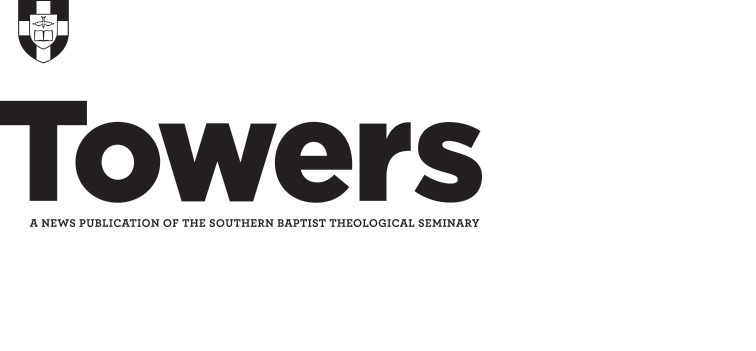Gregg R. Allison, Roman Catholic Theology and Practice: An Evangelical Assessment (Crossway 2014, $28)
The Roman Catholic Church has arguably reached a zenith in its cultural relevance and worldwide presence. In less than two years, Pope Francis has reversed public approval of the Vatican and captured the affections of the media. But how should evangelical Christians respond to the church’s teaching?
That’s where Gregg R. Allison, professor of Christian theology at Southern Seminary, provides a helpful tool for evaluating Catholicism in his new book, Roman Catholic Theology and Practice: An Evangelical Assessment. Allison traces the genesis of the project to a childhood encounter with a Catholic neighbor to his time ministering to Catholics with Cru at Notre Dame University and, later, in Rome.
Rather than tackle cultural and social trends within Catholicism, Allison examines its official doctrine, The Catechism of the Catholic Church. Published 20 years after theCatechism was released and ahead of the 50th anniversary of the Second Vatican Council, Allison’s book provides a balanced assessment of the church’s doctrine and practice.
Allison focuses on the sufficiency and clarity of Scripture and an expression of evangelical theology as a “vision of life with God and human flourishing” as the foundation for his assessment. He resists the typical approach of critiquing individual Catholic doctrines and instead treats Catholic theology as a “coherent, all-encompassing system” grounded on two pillars: the “nature-grace interdependence” and the “Christ-Church interconnection.”
The first pillar, Allison argues, views nature as only marred by sin, still possessing a “capacity to receive, transmit, and cooperate with grace,” as opposed to the evangelical belief that “nature and grace are at odds because of the devastating impact of sin on nature.” Allison, affirming the insight of Leonardo De Chirico, contends that the second pillar is the “Catholic Church’s understanding of itself as the continuation of the incarnation of Jesus Christ” and therefore a mediator of grace. This is contrary, Allison writes, to the evangelical view that “Christ and Christ only is the Mediator between God and man, grace and nature.”
Although the Catechism is divided into four parts, Allison examines only the first three: “The Profession of Faith,” “The Celebration of the Christian Mystery,” and “Life in Christ,” excluding “Christian Prayer” because of its significant theological overlap.
In his assessment of Catholic ecclesiology, Allison criticizes papacy, purgatory, and theology of Mary as contrary to Scripture’s sufficiency. The Marian doctrines of immaculate conception, sinlessness, and motherhood of humanity, Allison argues, are the result of both Catholic axioms of nature-grace interdependence and Christ-Church interconnection.
Despite criticism on these and many other issues, including justification and the sacraments, Allison also welcomes appreciation for the areas in which Catholics and evangelicals find even partial agreement. In addition to his excellent commentary on Catholic doctrine, Allison ultimately concludes with recommendations for evangelicals to minister to Catholics with the all-encompassing transformation of the gospel.




